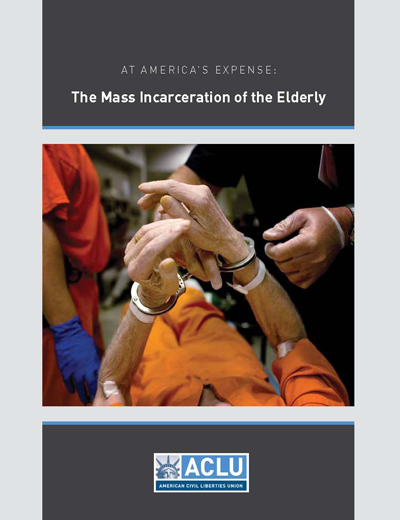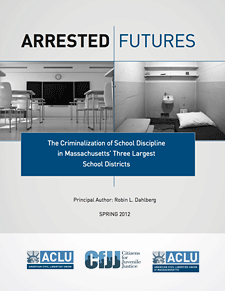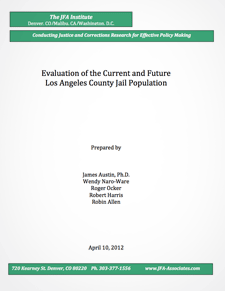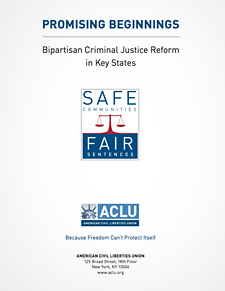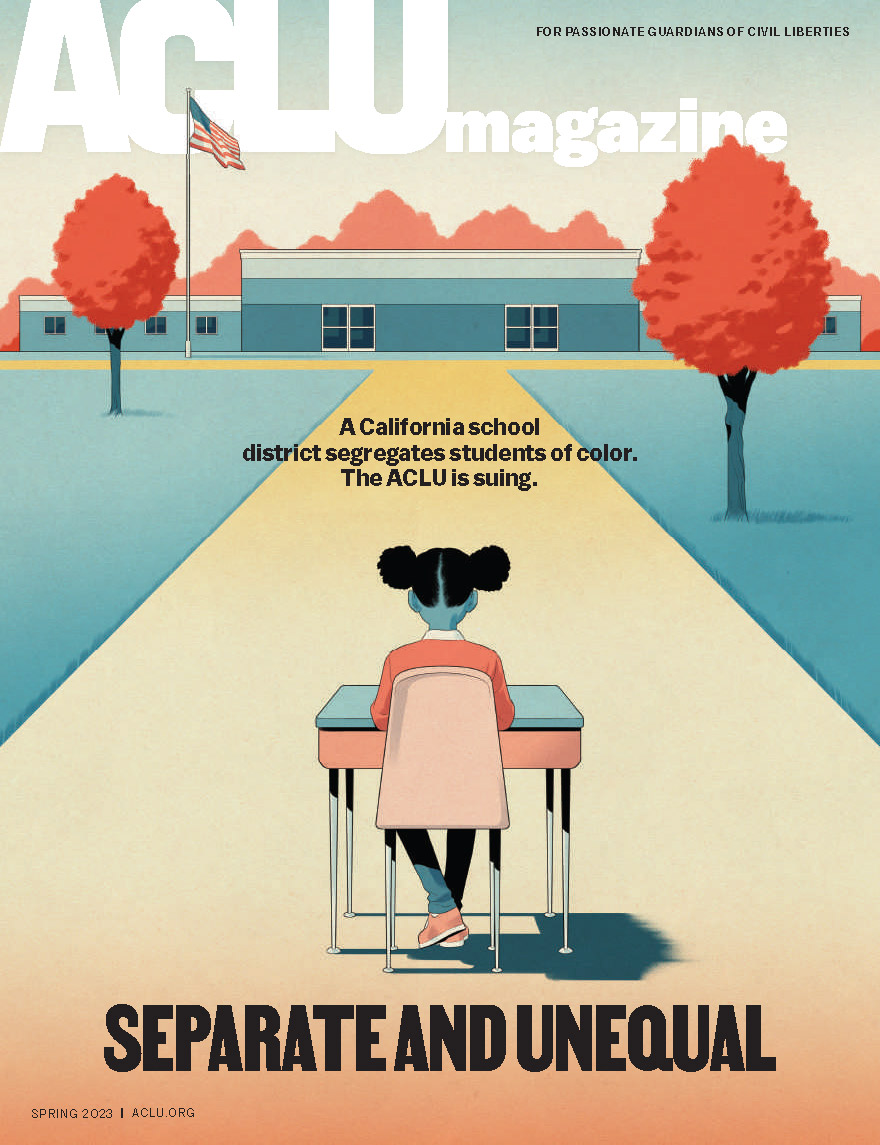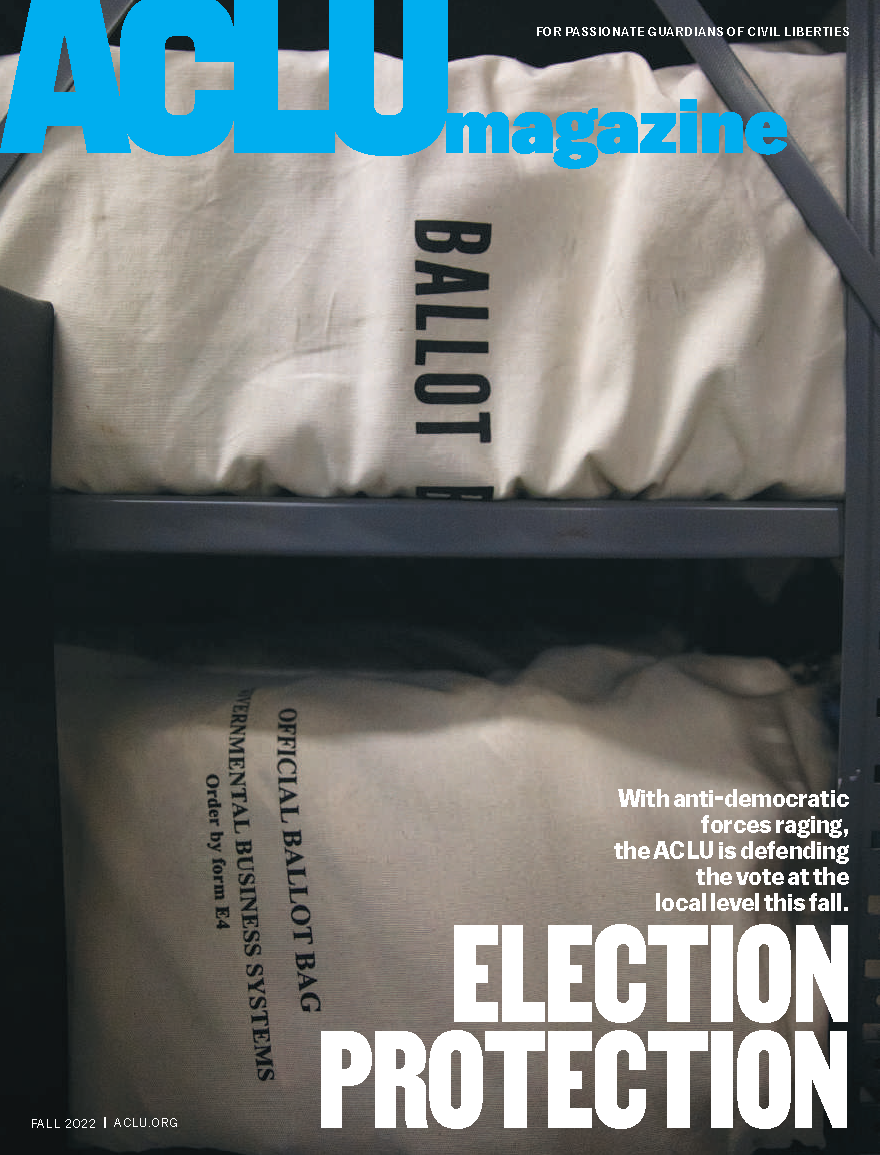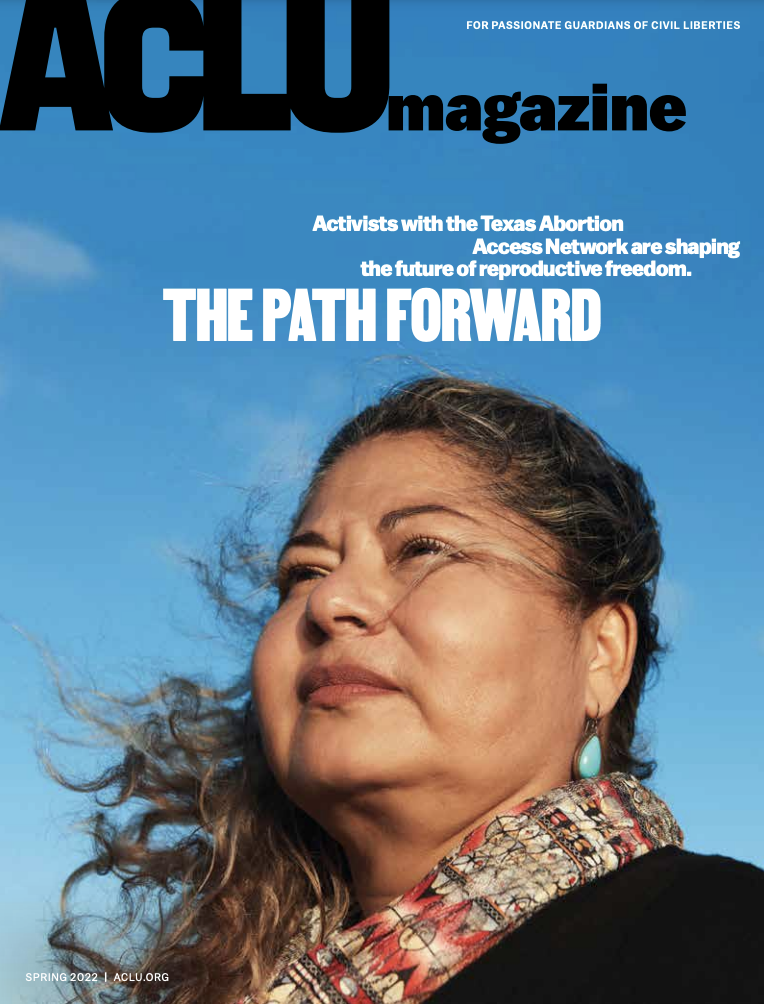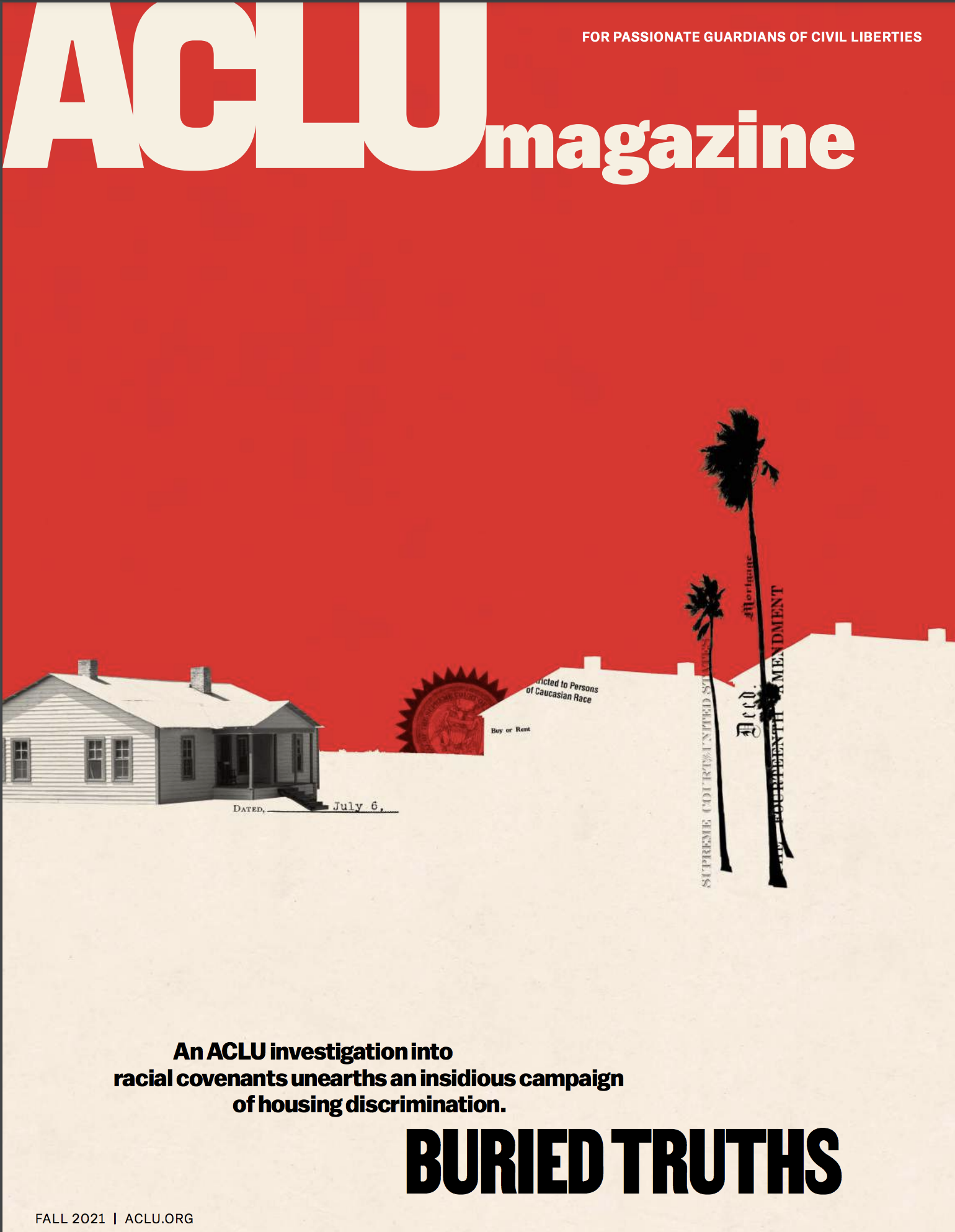Research & Publications
Access in-depth resources and analysis published by the ACLU regarding our most pressing civil liberties issues.
All Publications
Search will open in a new tab using DuckDuckGo
At America's Expense: The Mass Incarceration of the Elderly
At America’s Expense compiles extensive data detailing epidemic of aging prisoners in the United States. It provides a comprehensive 50-state and federal analysis of the unnecessary incarceration of aging prisoners and provides a fiscal analysis showing the actual amount states would save, on average, by releasing aging prisoners: over $66,000 per year per released prisoner. The report also includes new data showing that the elderly population is growing because of harsh sentencing laws and not because of new crimes, as well as data highlighting the low public safety risks posed by elderly prisoners. At America’s Expense supplies detailed and practical legislative solutions that states and the federal government can implement to address the dramatic and costly growth in the number of elderly prisoners without putting communities at risk.
- Introduction
- Findings & Recommendations
- Acknowledgments & Methodology
- The Aging Prison Population & Its Consequences
- Recommendations
- Conclusion
- Appendix: Model Conditional Release of Aging Prisoners Act
Arrested Futures: The Criminalization of School Discipline in Massachusetts' Three Largest School Districts
On October 23, 2007, a 14-year-old boy at the Kennedy Middle School in Springfield, Massachusetts, was arrested after he refused to walk with a teacher to her office and instead returned to his classroom. According to the police report, he yelled at the teacher, bounced a basketball in a school hallway, failed to respond to a police officer’s request to go with the teacher and slammed his classroom door shut. He was subsequently taken into police custody, handcuffed, transported to the police station and charged with “disturbing a lawful assembly.”
This incident illustrates a matter of growing concern to educators, parents and advocates: the extent to which the permanent on-site presence of police officers in public schools results in the criminalization of disruptive behavior. While other research has focused on zero-tolerance policies and the overuse of out-of-school suspension and expulsion as significant factors in feeding the “School-to-Prison Pipeline,” this report focuses on the additional problem of arrest, in particular the use of arrest to address behavior that would likely be handled in the school by school staff if not for the presence of on-site officers.
From the American Civil Liberties Union, ACLU of Massachusetts, Citizens for Juvenile Justice
Principal Author: Robin L. Dahlberg
Evaluation of the Current and Future Los Angeles County Jail Population
This report is designed to provide a comprehensive evaluation of the Los Angles County jail population in terms of its attributes, current and future population trends. More importantly, it provides a plan that will allow the Los Angeles Sheriff’s Department (LASD) to safely manage its jail population within its current jail facility capacity by implementing evidence-based policies that have been adopted in other jurisdictions. The plan has been reviewed by Sheriff Baca and he agrees with the plan’s recommendations that will allow him to close the antiquated Central Jail facility and still safely manage the growing number of AB 109 inmates and thus avoid costly jail construction.
Promising Beginnings: Bipartisan Criminal Justice Reform in Key States
The current economic crisis has put the spotlight on the exorbitant costs of our penal system, which has devastated some communities and absorbed billions of taxpayer dollars without producing a proportional decrease in crime rates. The convergence of societal and budgetary impacts of over-incarceration has carved out a window of opportunity for substantive reforms which prioritize efficiency and fairness over partisan politics. At both a national and state level, efforts are being made to address our incarceration crisis and enhance fairness in the system through initiatives such as revising outdated and ineffective sanctions, increasing the use of diversion programs and strengthening supports for safe, positive reintegration. The following report highlights key reforms from a diverse group of states that have all succeeded in cultivating bipartisan support for reform measures that are not only cost-effective, but are actually improving public safety through new programmatic initiatives and smarter sentencing guidelines. We seek to highlight these efforts as promising beginnings, underscoring the fact that these examples mark the first steps on the road to reform, and not the completion of a journey.
Protecting Privacy From Aerial Surveillance: Recommendations for Government Use of Drone Aircraft
Unmanned aircraft carrying cameras raise the prospect of a significant new avenue for the surveillance of American life. Many Americans have heard of these aircraft, commonly called “drones,” because of their use overseas in places like Afghanistan and Yemen. But drones are coming to America, and, as an ACLU report concludes, protections must be put in place to guard our privacy. Download the report »
As technology is quickly becoming cheaper and more powerful, and interest in deploying drones among police departments is increasing around the country, our privacy laws are not strong enough to ensure that the new technology will be used responsibly and consistently with democratic values.
In early 2012, the Federal Aviation Administration is expected to propose new rules to make it much easier for law enforcement agencies to gain permission to use drones in the U.S. If the FAA is unable to implement the needed reforms, then Congress must act.
The ACLU’s report outlines a set of protections that would help protect Americans’ privacy in the coming world of domestic drones. The report recommends that drones should not be deployed unless there are grounds to believe that they will collect evidence on a specific crime. If a drone will intrude on reasonable privacy expectations, a warrant should be required. The report also calls for restrictions on retaining images of identifiable people, as well as an open process for developing policies on how drones will be used. Download the report »
Routine aerial surveillance in American life would profoundly change the character of public life in the United States. Rules must be put in place to ensure that we can enjoy the benefits of this new technology without bringing us closer to a “surveillance society” in which our every move is monitored, tracked, recorded, and scrutinized by the authorities.
ACLU Magazine
Published twice a year, ACLU Magazine shares updates on the ACLU’s critical litigation and advocacy work across the country and tells the stories of the activists, attorneys, and clients at the heart of each case and campaign. To receive ACLU Magazine by mail, become a monthly donor today.
Stay Informed
Sign up to be the first to hear about how to take action.

